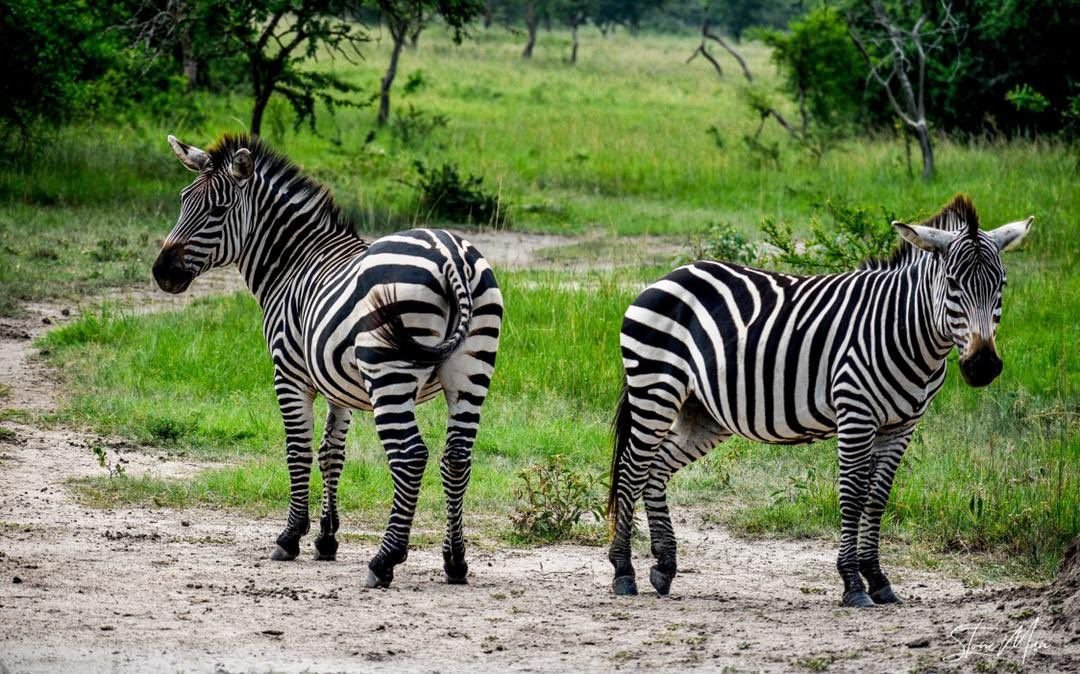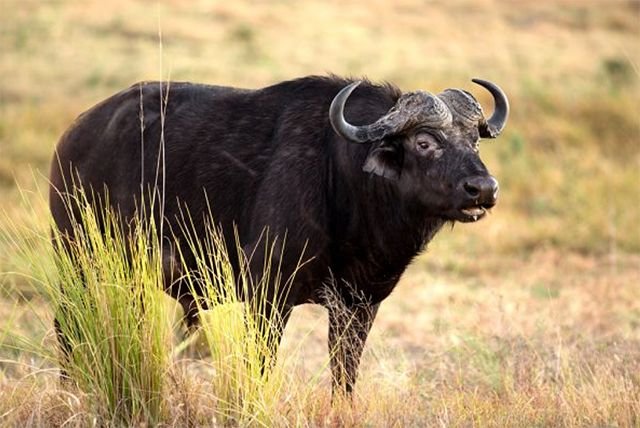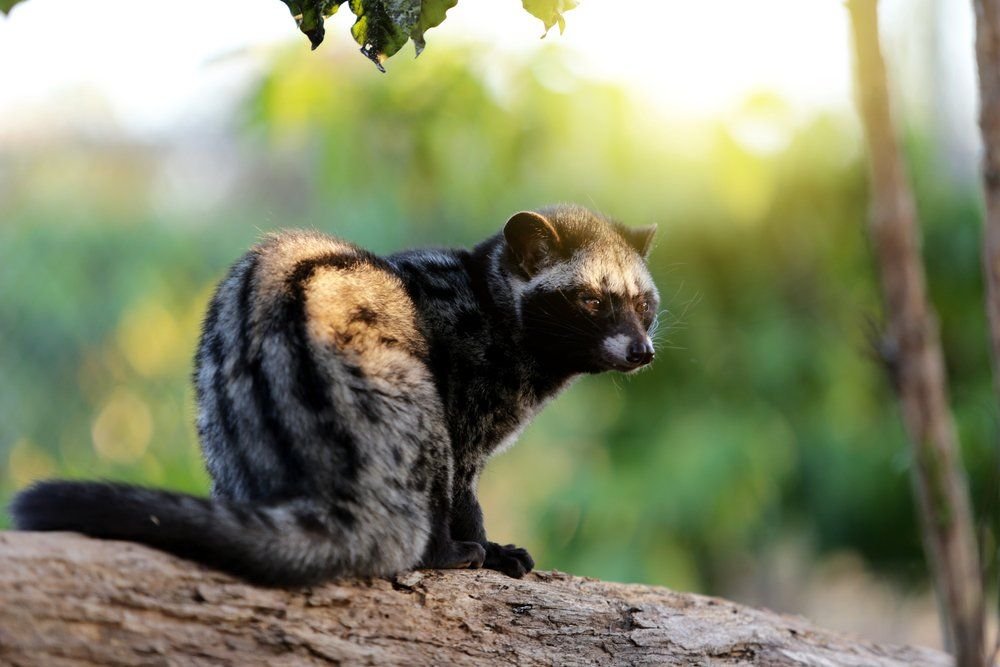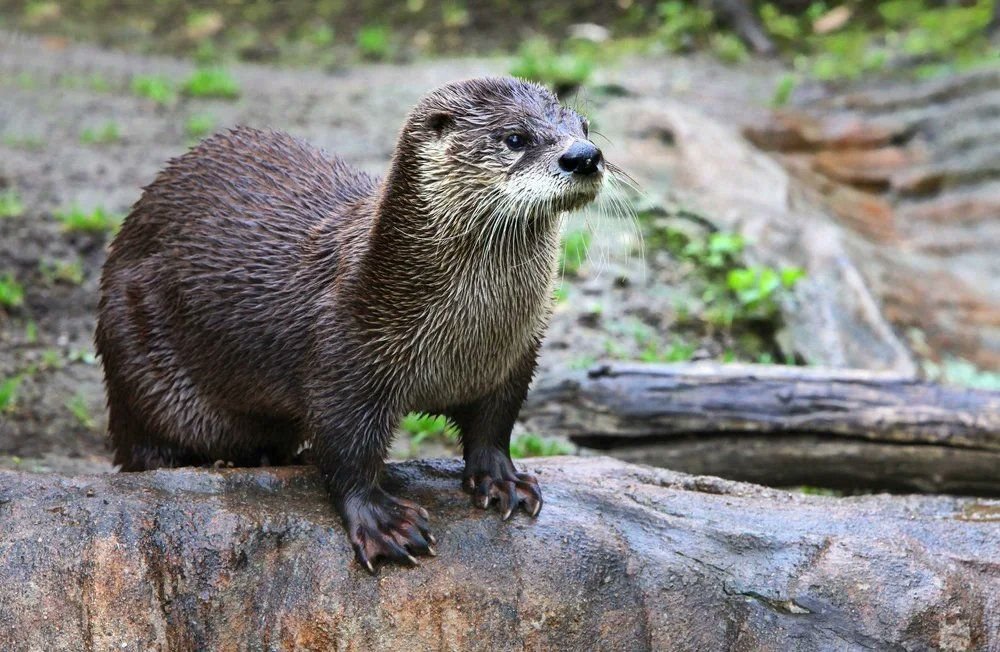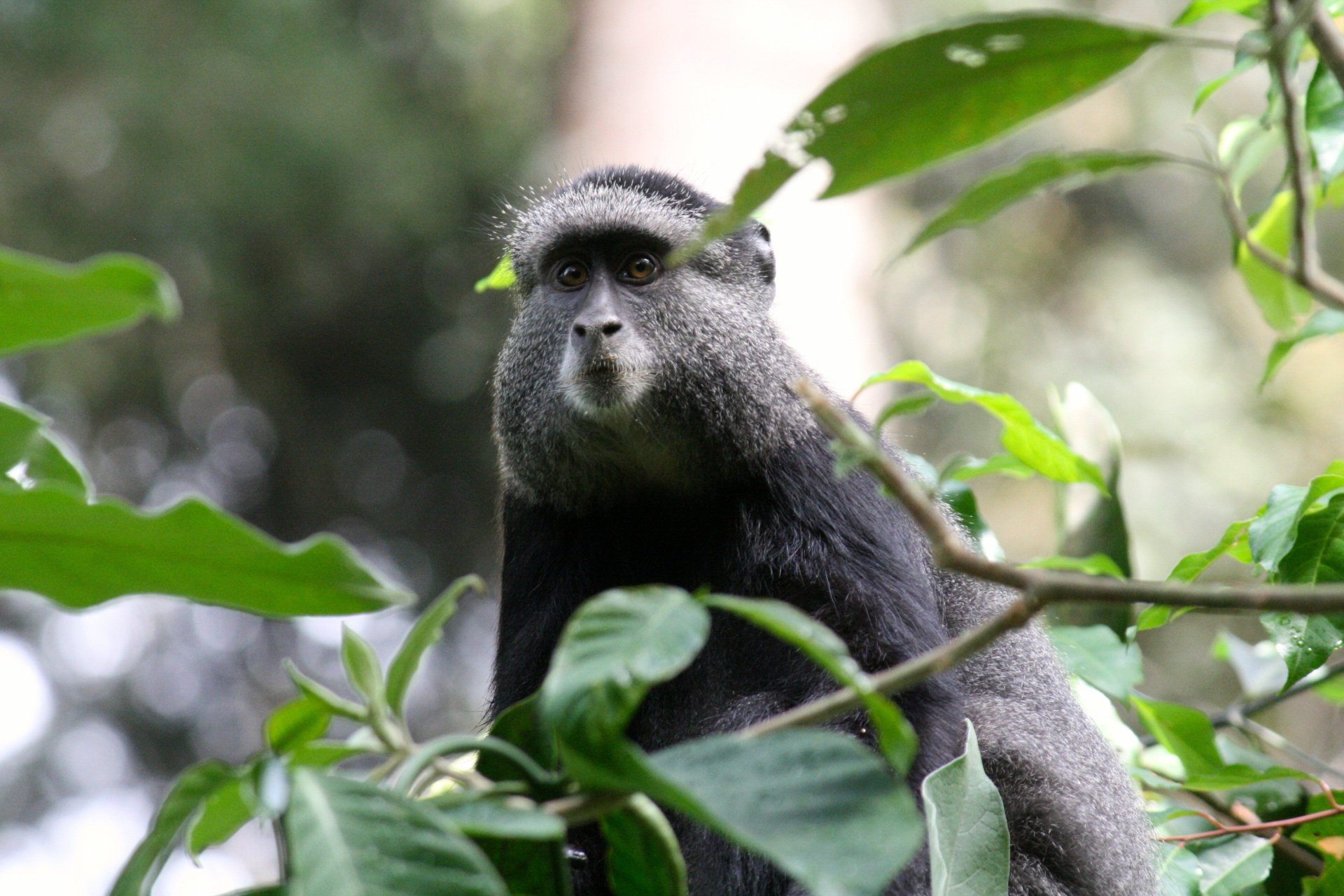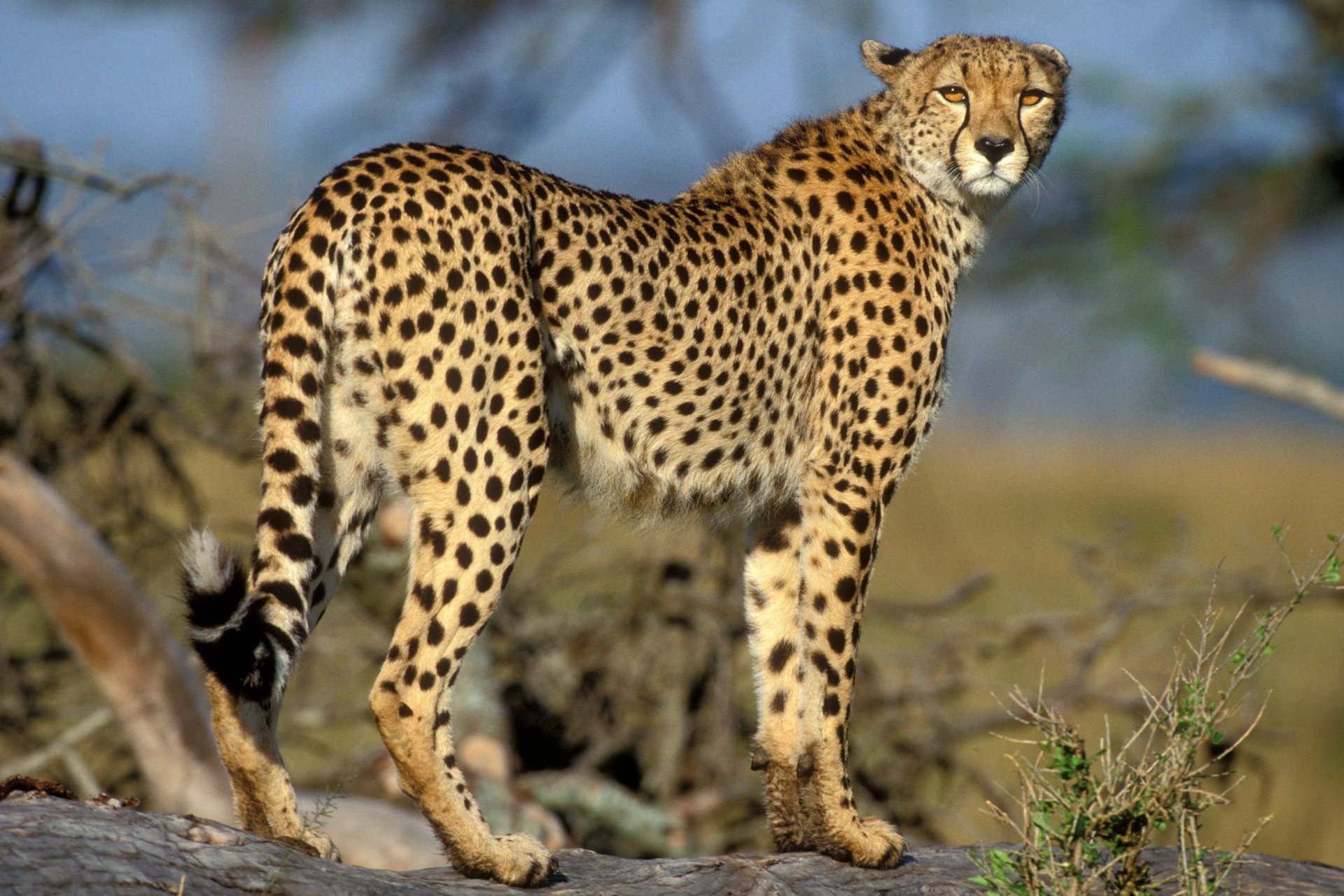Klipspringer
Oreotragus oreotragus, commonly known as the klipspringer, is a goat-like mammal that prefers to hang out in the vicinity of koppies and cliffs. It may be found in Kidepo Valley and Lake Mburo National Parks, where it lives in couples in their respective environments.
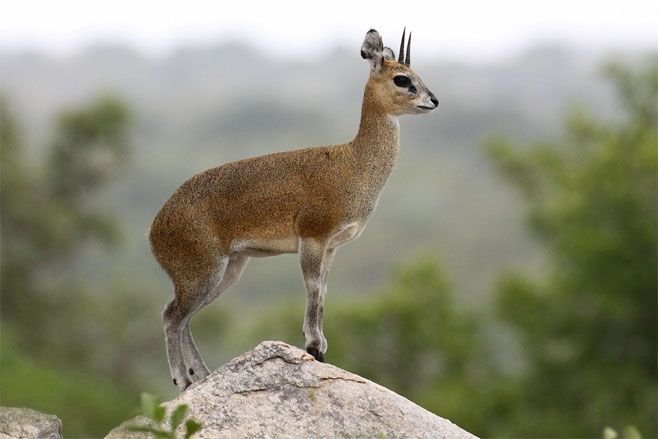
The klipspringer (Oreotragus oreotragus) is a small antelope found in eastern and southern Africa. They are the only species in their genus and tribe.
The klipspringer is a sturdy antelope despite its small size.
The klipspringer's coat, which ranges from yellowish grey to reddish brown, is a great disguise in the rocky environment where it lives. The klipspringer stands apart from other antelopes due to its thick, coarse coat that is made up of hollow, brittle hairs. Short and sharp, the horns,
Klipspringer Behaviour
The only time the klipspringer is active is at night, when the moon is out. It sleeps during the day. So that it can get its body temperature up, it likes to lie in the sun first thing in the morning. Unlike most other antelopes, the klipspringer is a monogamist. People of different sexes form couples that can last until one of them dies. The pair frequently stay within 5 metres of each other (16 feet) and work together to deal with threats such as predators by taking turns keeping watch while the other feeds. The klipspringer can hop many metres out of harm's way. Small family herds of eight or more members and lonely people are some examples of social groups. At gatherings, Klipspringer greet each other by kissing on both cheeks.
Vocalisation.
The klipspringer pair's main way of communicating is by high-pitched whistling back and forth. They do this to talk to each other and scare off predators.
Reproduction
Because of its migratory nature, the klipspringer's mating season shifts from place to place. Females reach sexual maturity at the age of one, while males take a bit longer. There is a lack of data on mating behaviour. Calves are born in the spring and early summer after a gestation period of roughly six months and weigh just over 1 kilogram (2 pounds). Vegetational thickets are ideal for giving birth. For the first three months of its life, the infant is hidden from potential predators; the mother visits three or four times a day to feed it, and her stays get longer as the baby gets bigger. Males keep an eye out for rival males and any predators to ensure the safety of their young. Once the calf reaches one year of age, it is weaned from its mother and is on its own. The average klipspringer lifespan is 15 years.
Klipspringer Diet
The klipspringer is mostly a browser, with a taste for fresh fruits and flowers. Although grasses are a seasonal staple during the wetter months, they make up only a small percentage of the diet overall. Plants like Vellozia may only be sought out during specific times of year. Rather than drinking water, klipspringers get the water they need from the succulent plants they eat. In order to reach high trees, they can stand on their hind legs and jump up to a height of 1.2 metres (3 feet and 11 inches).
A Guide to Viewing Klipspringers
Throughout Uganda, koppies, steep ridges, and rocky gorges are the only places you'll see klipspringers.
They inhabit stony mountains that reach heights of up to 4000 metres. In the same way, klipspringers will walk up to 10 kilometres on fairly flat land between scattered koppies to find food.
The Kidepo Valley and Lake Mburo National Parks are home to the Klipspringer in Uganda.
What's Your Reaction?
 Like
1
Like
1
 Dislike
0
Dislike
0
 Love
0
Love
0
 Funny
0
Funny
0
 Angry
0
Angry
0
 Sad
0
Sad
0
 Wow
0
Wow
0





























































